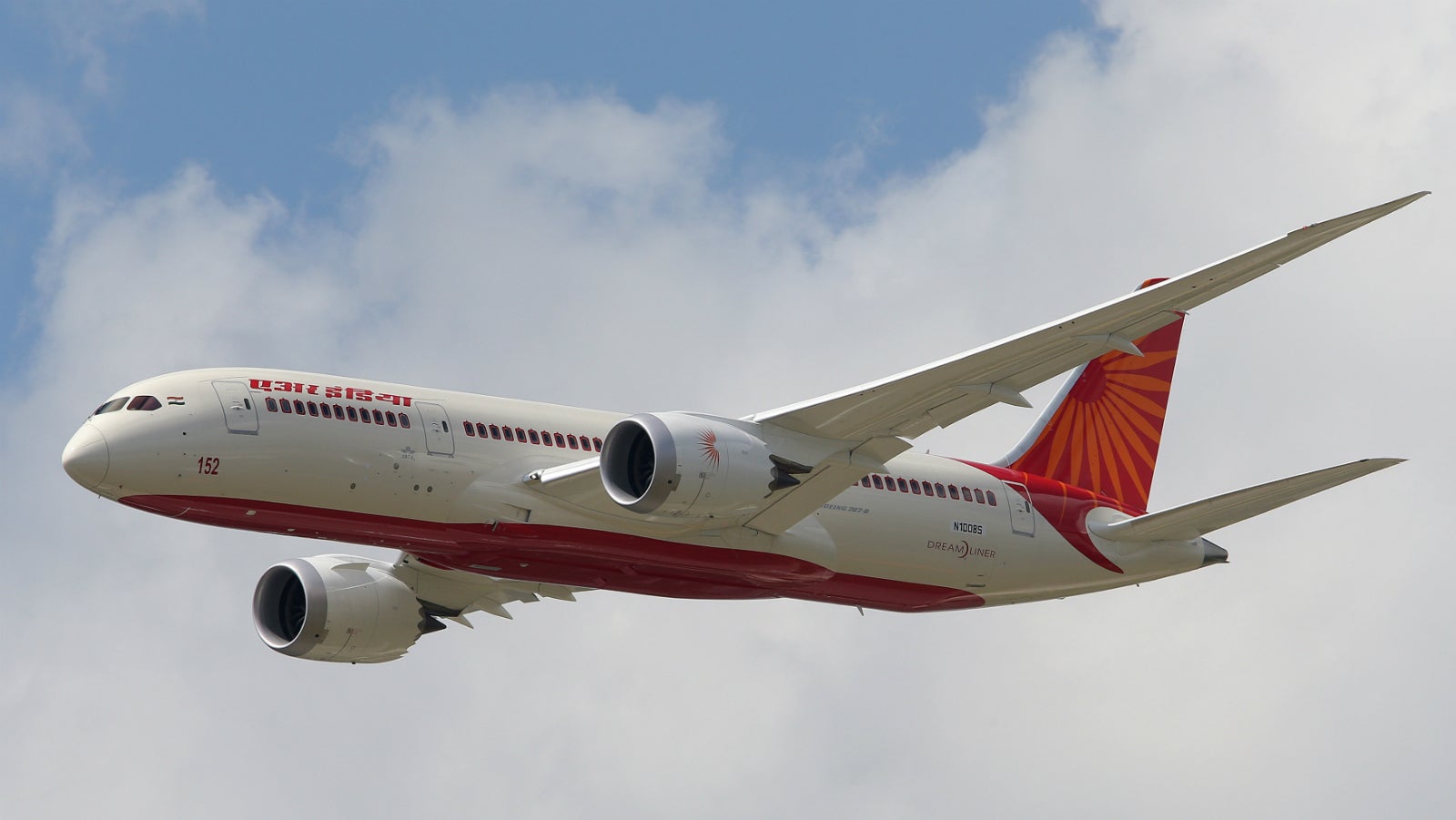If you truly love Air India, let it fly away
The Indian government is veering towards finally letting the beleaguered national airline, Air India (AI), fly away.


The Indian government is veering towards finally letting the beleaguered national airline, Air India (AI), fly away.
NITI Aayog, a government policy think tank, has suggested that the Narendra Modi government divest its stake in the airline. In a report submitted to the prime minister, NITI Aayog recommended writing off of Rs30,000 crore of its total debt of about Rs60,000 crore; the new buyer must bear the remaining liability. In return, the buyer will own the airline’s fleet of over 140 aircraft. It has also said that AI’s real estate assets, located at prime spots, be hived off into a separate firm.
The government seems to favour these recommendations.
“We are very proud of AI and will consider all possible alternatives for it. All options are open. NITI Aayog has suggested steps for a strong and viable airline,” India’s aviation minister, Ashok Gajapathi Raju, said at a press conference to mark three years of the Modi government.
Earlier, finance minister Arun Jaitley, too, had hinted at AI’s privatisation.
“Today, what has happened is (Air India’s) market share is 14%. And the debt is Rs50,000 crore,” Jaitley said on May 29. “Now, there are private airlines that are flying—IndiGo, GoAir, Spicejet, Jet Airways—there you don’t invest money. But to run Air India, you have invested Rs50,000 crore. That money is government’s money, that’s your money. It could have been used for school education. And if 86% of flying can be handled by private sector, so it can also handle 100%.”
So far, since financial year 2011-12, AI has received Rs23,993 crore in equity infusion out of the total Rs30,231 crore, 10-year bailout package extended by the Indian government.
AI flies to nearly 41 international and 72 domestic destinations. It is India’s single biggest international carrier with a 17% market share of the international routes from the country and 14.6% of domestic.
The AI crisis
AI was set up in 1932 as Tata Airlines. In 1953, the Indian government nationalised it and set up a new company, Indian Airlines (IA), to operate domestic routes.
Decades later, in what is now deemed an ill-timed move, the government merged AI and IA in 2007, to create a bigger entity, the National Aviation Company of India (NACIL), to take on increasing competition and plug the fall in market share. The NITI Aayog recommendations come at a time when India’s top investigation agency, the Central Bureau of Investigation, is probing the 2007 merger.
The merged AI’s debt today stands at almost Rs50,000 crore. It reported a loss of about Rs3,587 crore in 2015-16. The employee ratio may have dipped to 120 per plane, but it’s still significantly higher than the global average of 100. AI spends almost a fifth of its revenue on pay and employee benefits while others like Jet Airways spend only about a tenth.